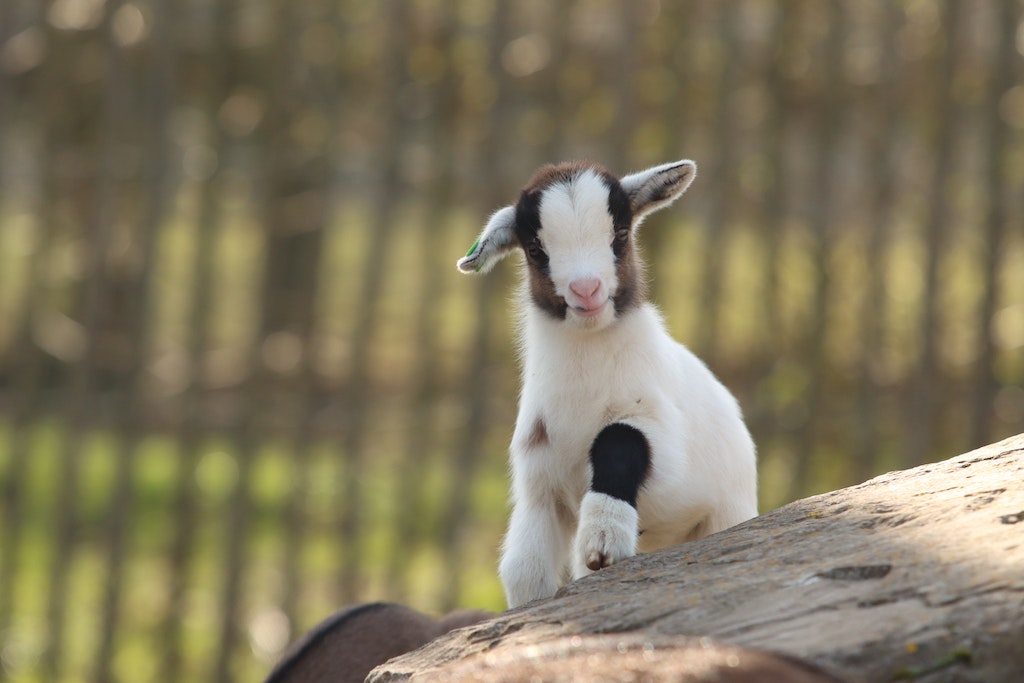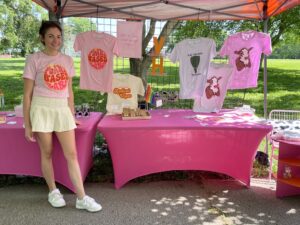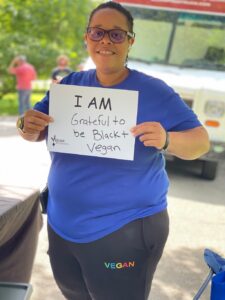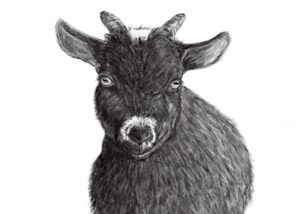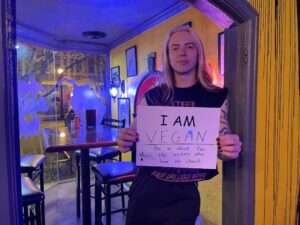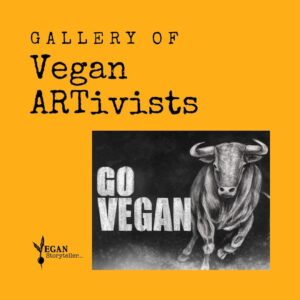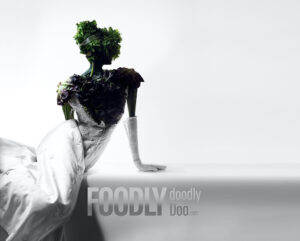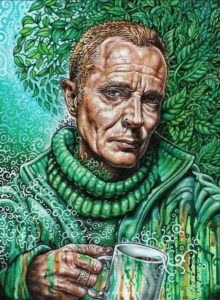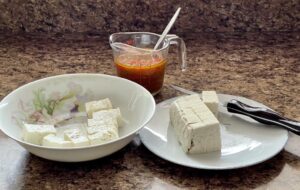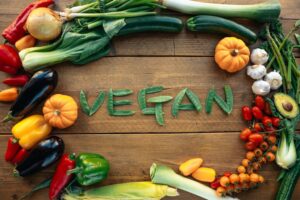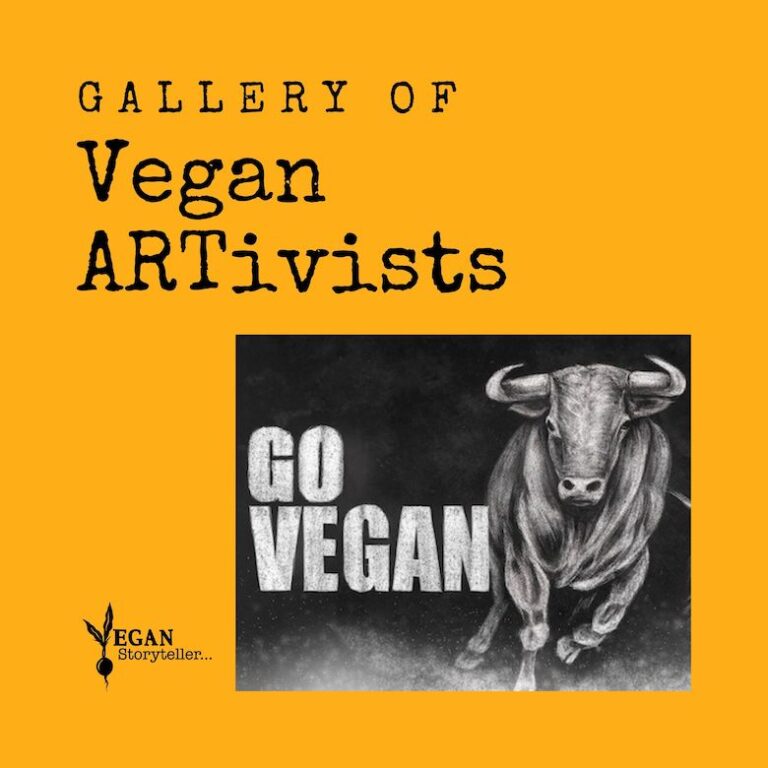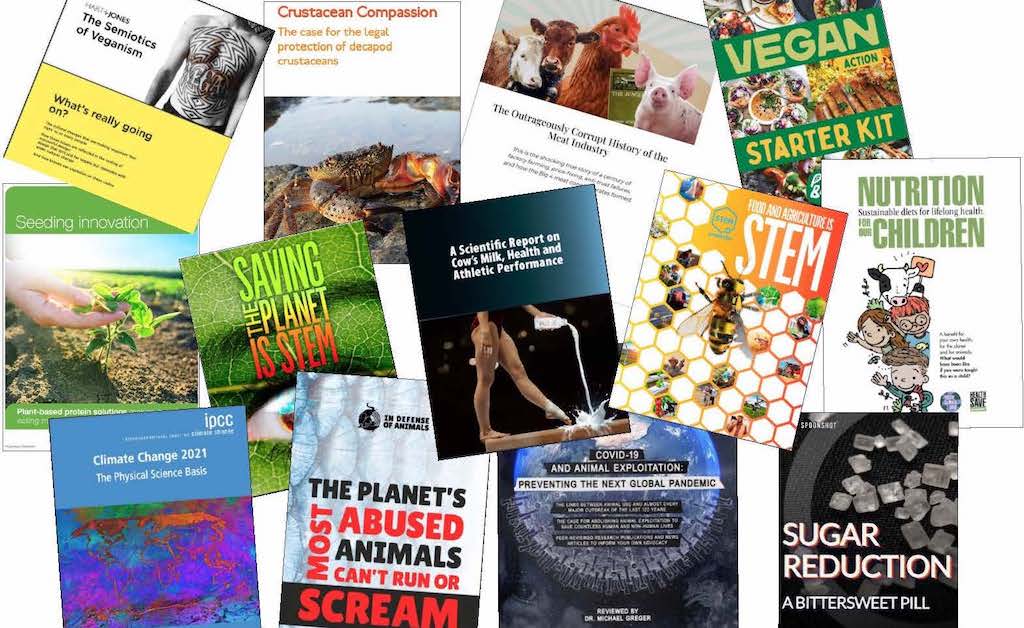Mina Wright is a vegan activist who bears witness to the lives that were discounted before finding freedom and peace at Poplar Spring Animal Sanctuary. In an essay for #portraitsofsanctuary, Mina writes about a rescued Nigerian dwarf goat named Frankie.
She states, “A Google search of Nigerian dwarf goats yields a litany of uses as reasons to breed them, all of which benefit humans and none of which recognize the goats’ standing in a moral community simply because they are alive and aware.”
Mina’s words, “a litany of uses as reasons to breed them” prompted me to go a little bit deeper into her thoughts.
Breeding Nigerian dwarf goats as commodities
I did a keyword search for “breeding Nigerian dwarf goats” and cringed at repetitive statements extolling these sweet and gentle animals as mere commodities. I read comments like this:
“Use Nigerian dwarf goats to produce milk.”
“Breed Nigerian dwarf goats for their meat.”
“The best thing about Nigerian dwarf goats is you can breed them year around.”
“Nigerian dwarf goats pay their own way because you can sell their kids for $400 each.”
From what I observed through their writing, bloggers who express views about Nigerian dwarf goats believe the animals have no inherent worth of their own and, instead, are birthed into being for the express purpose of serving the whims of humans.
Wiki history of the Nigerian dwarf goat
Between the 1930s and 1950s a variety of small goats were imported from Africa to the United States to be exhibited in zoos. One story goes like this:
In the 1950s, a dairy farmer from West Africa loaded his goats onto a cargo ship with tigers, lions, and other large cats that were bound for zoos in Texas. He put his goats onboard to be a food source for the cats during the long journey across a network of seaports.
Some goats survived the arduous ordeal and weren’t eaten. But what worked against them in the end was their docile nature and cuteness, standing at just 22″ shoulder height. The goats, like the large cats, were put on exhibit in zoo cages.
Two miniature goat breeds are found in the United States: the Nigerian dwarf and the Pygmy. These breeds share a common genetic origin of the small African goats that were imported to the U.S. between the 1930s and 1950s.
Top 3 reasons for breeding Nigerian dwarf goats
Their small stature, easy to control demeanor, and kind nature make Nigerian dwarf goats easy to exploit. Since their early history, they have been bred for meat and entertainment. Today, however, Nigerian dwarf goats are bred more for their milk than for their meat. The goats are a common sight at county fairs around the United States. Increasingly, the miniature goats are serving as companions, as well.
1. Dairy: Nigerian dwarf goats produce a sweet milk that has a higher butterfat content (averaging about 8% milk fat) than other breeds of goats, making their milk popular in the cheese and yogurt industry. In addition, the milk obtained from lactating nanny goats has a higher protein content than milk produced by other goat breeds. These profitable combinations are a prime incentive for breeding the goats.
2. Entertainment: The small goats from West Africa were used as entertainment for royalty in the 19th century and in the 20th-century as zoo exhibits in the United States. Today, even yoga instructors who should know better exploit Nigerian dwarf and Pygmy goats by using the tiny kids as a form of entertainment in yoga classes.
3. Companionship: People also use Nigerian dwarf goats to raise the spirits of patients or residents in nursing homes, veteran facilities, and hospitals. In some homes, Nigerian dwarf goats are replacing or joining dogs as the family pet.
Speaking of the family pet, giving goat milk to dogs is an emerging trend and is often used in formulas for bottle feeding orphaned puppies. The newest uses also involve supplementing adult dog meals, providing additional incentives to exploit goats and breed them for profit.
Trending goat breed
According to researchers from Queen Mary University of London and a study published by The Royal Society, goats are smart and can communicate with people like dogs, horses, and other domesticated animals. Learning this about goats has increased their popularity among people who enjoy having pets.
Nigerian dwarf goats are trending right now, due to factors already identified in this blog, and because The Livestock Conservancy has listed them as a heritage breed. The listing has created demand for the breed. A purebred, registered Nigerian dwarf kid generally sells for $400, giving breeders additional incentive to exploit the nannies.
Nigerian dwarf goats are capable of giving birth year-round. The twinning rate is high, and triplet and quadruplet births are not uncommon. In the hands of unscrupulous breeders, this can lead to female nanny goats being seriously overwhelmed and injured through repetitive breeding.
These scenarios set the stage for putting profit before animal welfare.
Farm animal sanctuaries get it right
The only organizations that get it right by my way of thinking are the farm animal sanctuaries that rescue Nigerian dwarf goats and other animals from hostile environments and awful lives of neglect and abuse.
Nigerian dwarf goats are herd animals and cannot survive alone. They require the company of at least one other animal. Sanctuaries allow these gentle animals to live the rest of their lives in peace as companions to one another and aging rescued horses, llamas, and sheep.
Something I learned while researching Nigerian dwarf goats is that they are happy when serving as a companion and protector of miniature donkeys. Apparently, the little goats love to kick and chase coyotes.
I like the idea of these docile animals watching over their friends and keeping them from harm. I wish we would do the same for them.
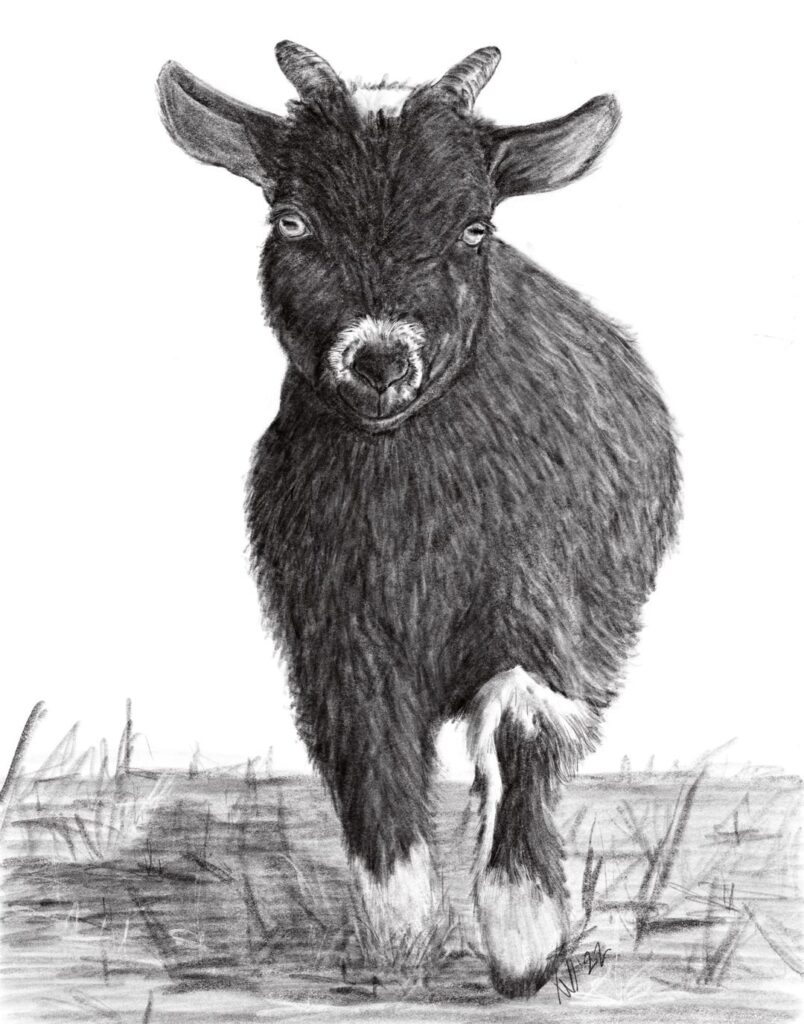
In her essay about Frankie for #portraitsofsanctuary, Mina Wright says, “We seem to be hell-bent on negating the obvious: namely, that animals are capable of a range of emotions, that they feel joy and sadness, have unique personalities, likes and dislikes, and care about others. They feel pain and despair, suffer loss – of family, friends, freedom, and ultimately their lives – all because we see them only as providers.”

